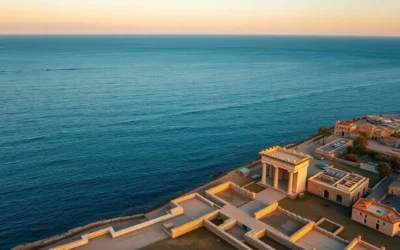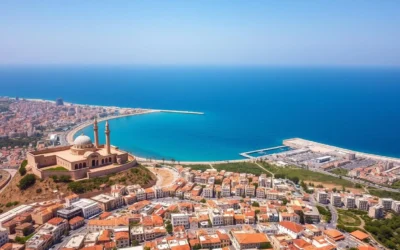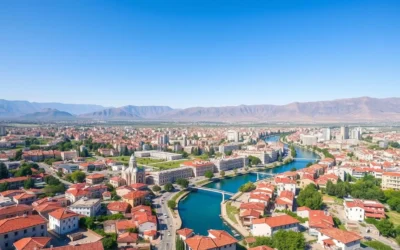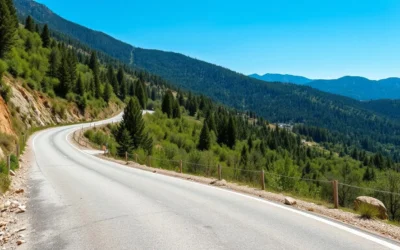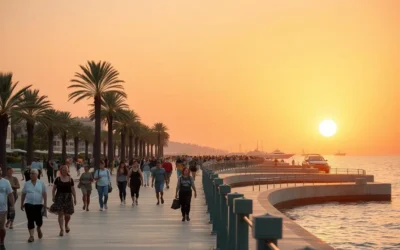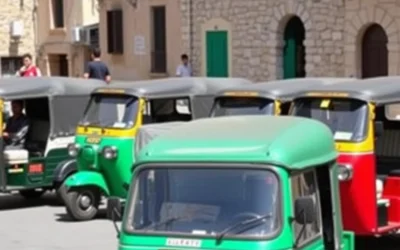Did you know that Qadisha Valley, a UNESCO World Heritage site since 1998, houses some of the world’s oldest Christian monastic settlements dating back to the 4th century? This “Holy Valley” carved into Lebanon’s northern mountains isn’t just a stunning natural landscape – it’s a living museum where hermits and monks sought refuge in cliff-side caves for over 1,600 years, creating one of the Middle East’s most unique cultural treasures.
Getting to Qadisha Valley & Planning Your Journey
Qadisha Valley is located in northern Lebanon, approximately 110 km (68 miles) from Beirut. The journey takes about 2 hours by car, winding through scenic mountain roads that offer breathtaking views of the Lebanese countryside. Most visitors use Bcharre, a charming mountain town perched at 1,450 m (4,750 ft) elevation, as their base for exploring the valley.
Transportation Options
While public transportation to Qadisha Valley is limited, you have several options to reach this hidden gem:
- Rental car from Beirut (most flexible option)
- Private taxi or ride-share service
- Organized tour from Beirut or Tripoli
- Bus to Bcharre, then local taxi to valley access points
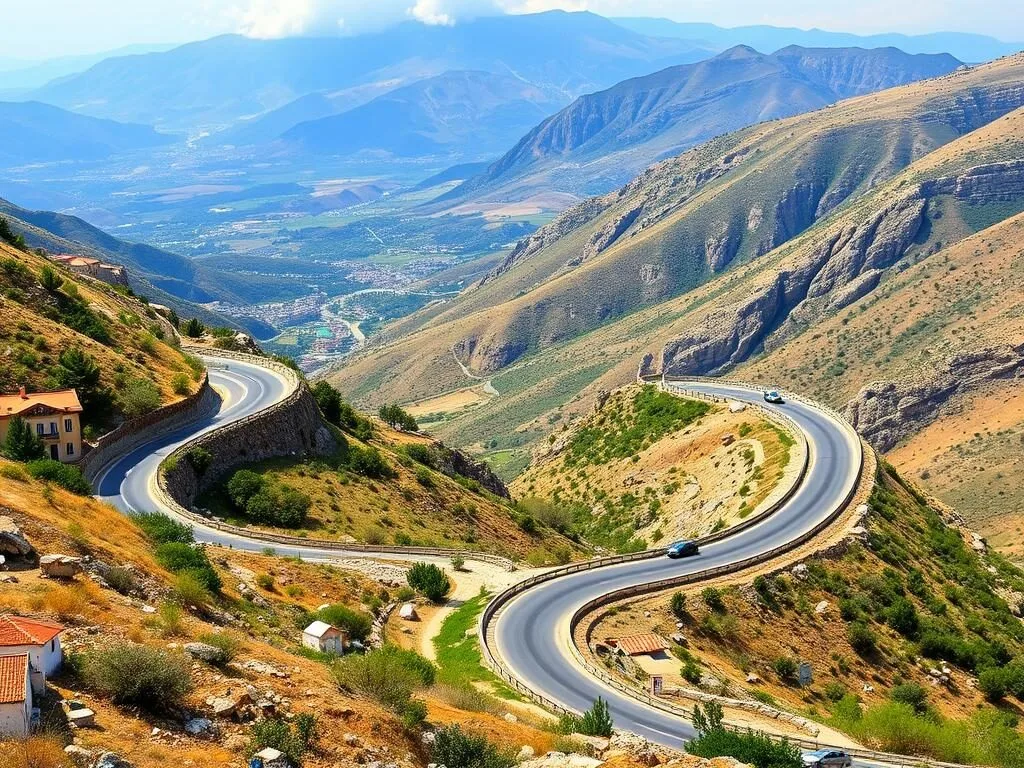
Plan Your Journey to Qadisha Valley
Ready to explore this ancient holy valley? Book your transportation and accommodations now for the best rates.
Best Time to Visit Qadisha Valley & Weather Tips
The valley’s dramatic elevation changes create distinct microclimates that affect your experience throughout the year. Planning your visit during the optimal season ensures comfortable hiking conditions and access to all monasteries.
| Season | Temperature | Conditions | Recommendation |
| Spring (April-June) | 15-25°C (59-77°F) | Mild, wildflowers blooming, occasional rain | Highly Recommended |
| Summer (July-August) | 20-30°C (68-86°F) | Hot in valley floor, pleasant at higher elevations | Good (start hikes early) |
| Fall (September-October) | 15-25°C (59-77°F) | Mild, clear skies, beautiful foliage | Highly Recommended |
| Winter (November-March) | 0-10°C (32-50°F) | Snow at higher elevations, some trails inaccessible | Limited Access |
What to Pack
- Sturdy hiking shoes with good traction
- Layered clothing (temperatures vary throughout the day)
- Sun protection (hat, sunscreen, sunglasses)
- Water bottle (2L minimum per person)
- Light snacks or picnic supplies
- Camera for capturing the stunning landscapes
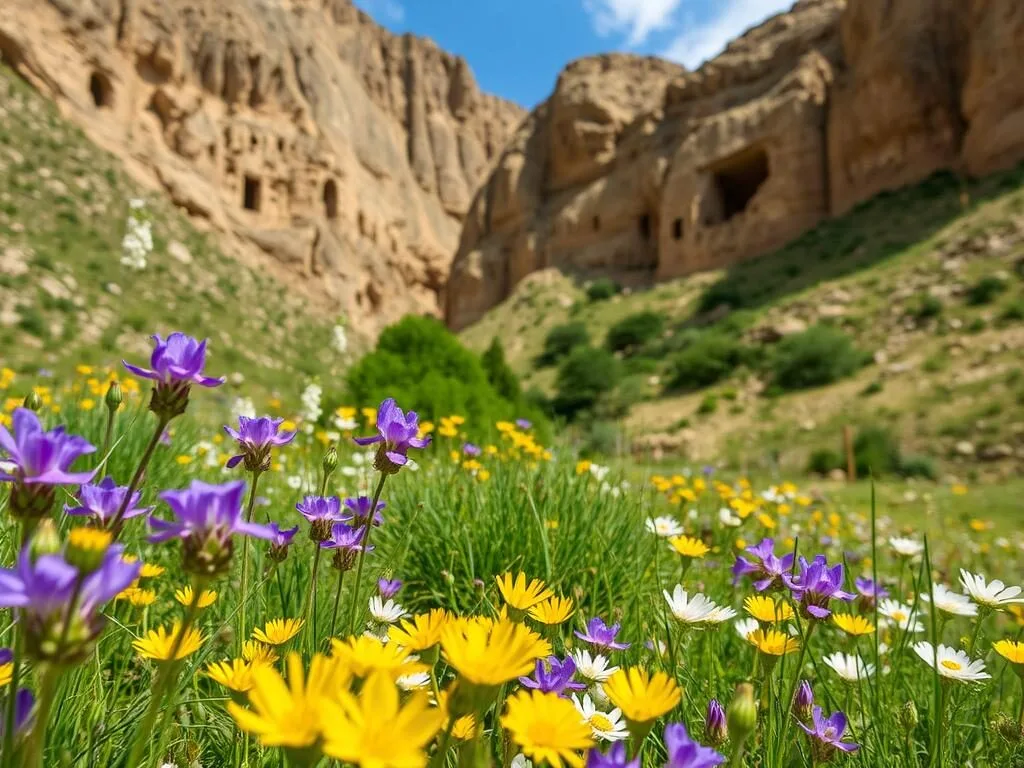
Ancient Monasteries: Qadisha Valley’s Spiritual Treasures
The valley’s name “Qadisha” derives from the Aramaic word for “holy,” reflecting its significance as a spiritual sanctuary. For centuries, these cliff-carved monasteries served as refuges for Christian communities fleeing persecution, creating a remarkable heritage of faith and resilience.
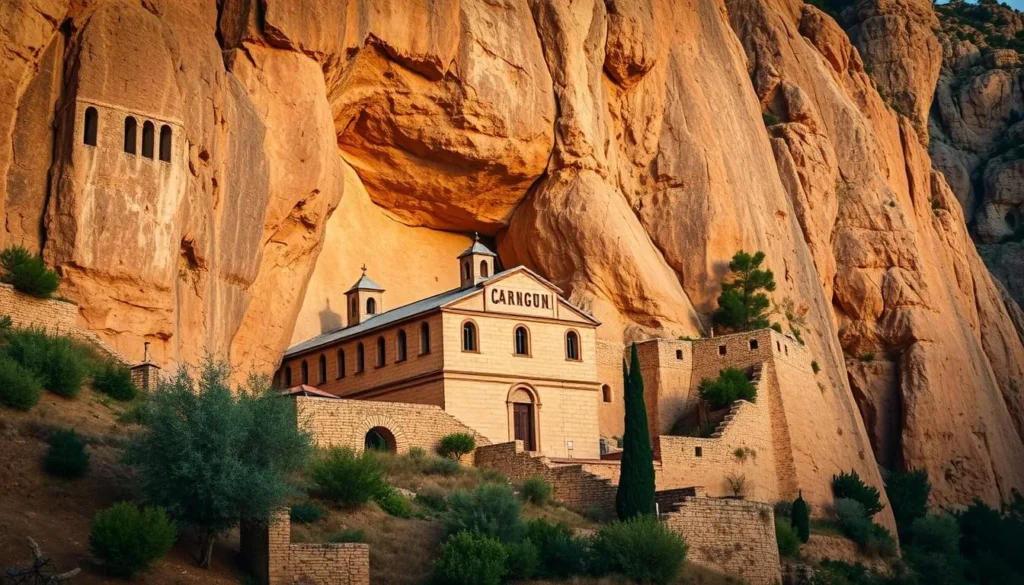
Must-Visit Monasteries in Qadisha Valley
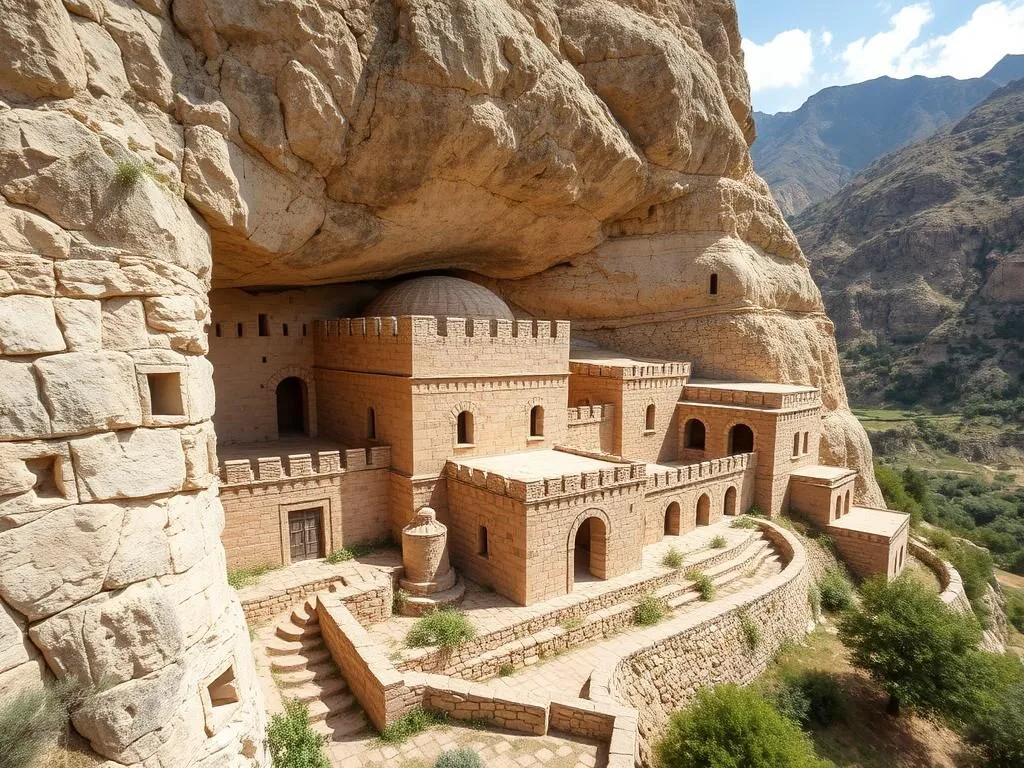
Deir Qannoubin (Monastery of Qannoubin)
The most historically significant monastery in the valley, Deir Qannoubin served as the seat of the Maronite Patriarchate for over 500 years (15th-19th centuries). Its chapel contains remarkable 17th-century frescoes depicting biblical scenes and saints.
The monastery is accessible via a moderate 45-minute hike from the village of Blawza, with stunning views of the valley throughout the journey.
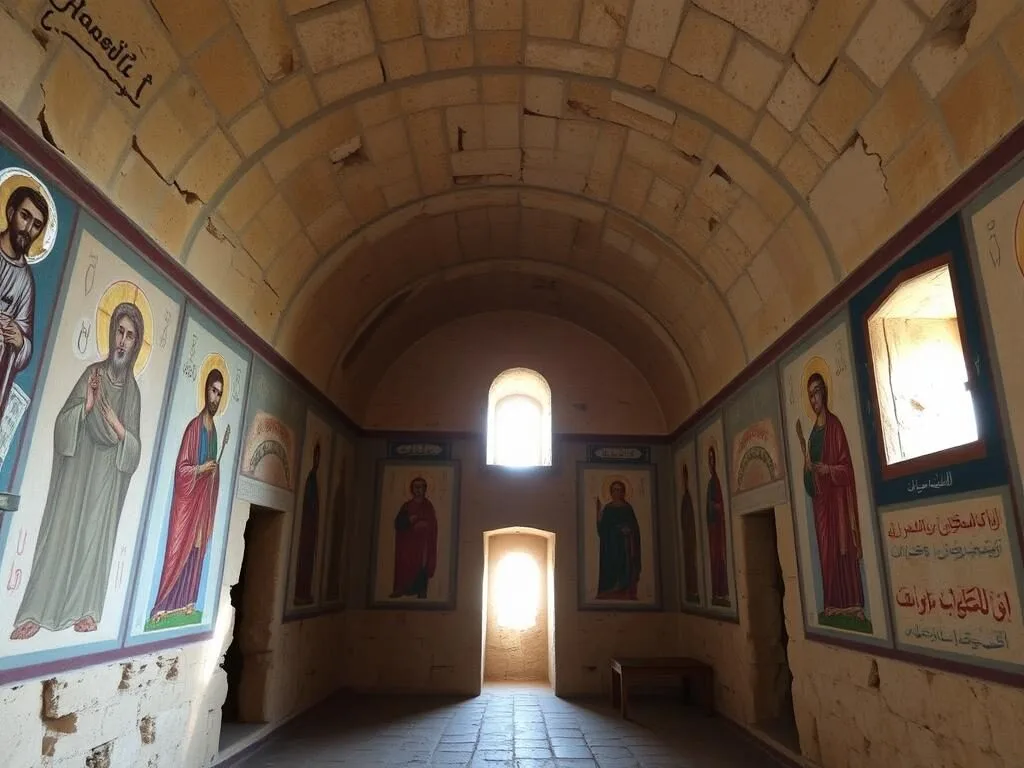
Mar Lichaa Monastery
Built dramatically into a vertical cliff face, Mar Lichaa dates back to at least the 14th century. It’s known for housing the mysterious “Black Slab” with Syriac inscriptions and for being the birthplace of the Maronite Order between 1698 and 1700.
The monastery offers one of the valley’s most spectacular views and contains fascinating historical artifacts, including ancient manuscripts.
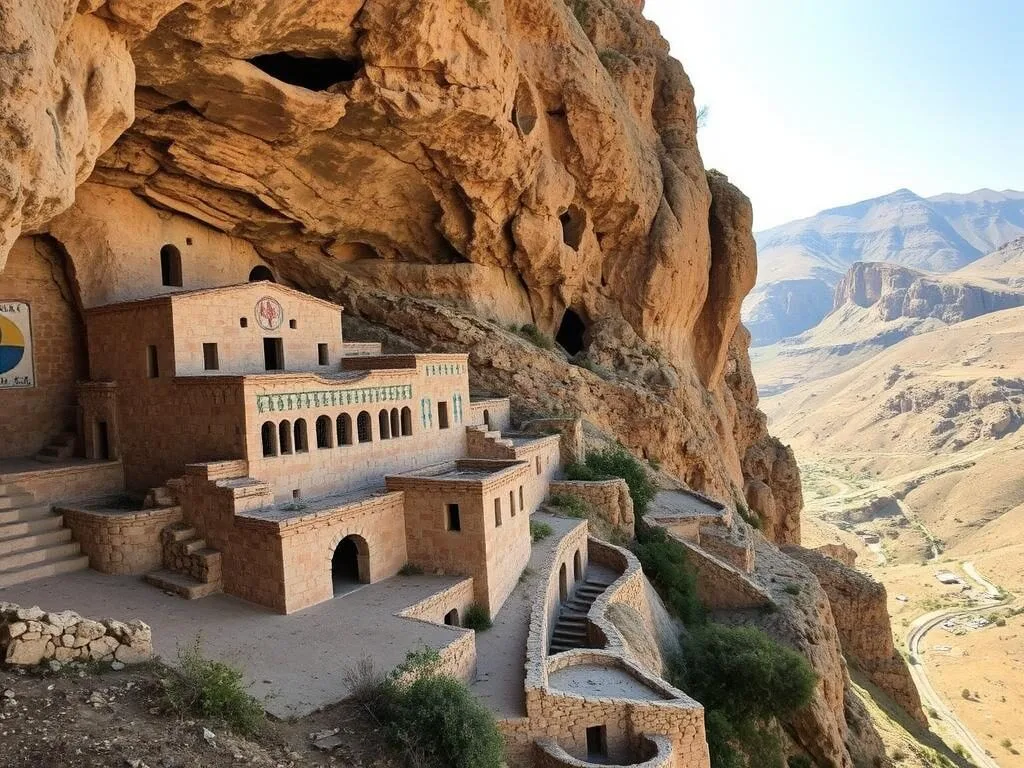
Monastery of the Cross
Dating to the 10th century, this monastery houses a remarkable 1,000-year-old painting of the crucified Jesus. The site features inscriptions in three languages (Syriac, Greek, and Arabic) and offers a glimpse into the valley’s multicultural religious history.
Note: This monastery is typically closed to the public, but can be visited with a local guide who has connections to the site administrators.
“The Holy Valley served as a refuge for those in search of solitude. Maronite monks established their new centre at Qannubin, in the heart of the Qadisha, and monasteries that combined eremitism with community life quickly spread over the surrounding hills.”
Hiking Trails and Outdoor Activities
Qadisha Valley offers some of Lebanon’s most spectacular hiking opportunities, with trails ranging from easy walks to challenging full-day treks. The valley’s dramatic topography, with its 1,000-meter-deep gorge and limestone cliffs, creates a paradise for nature lovers and adventure seekers.
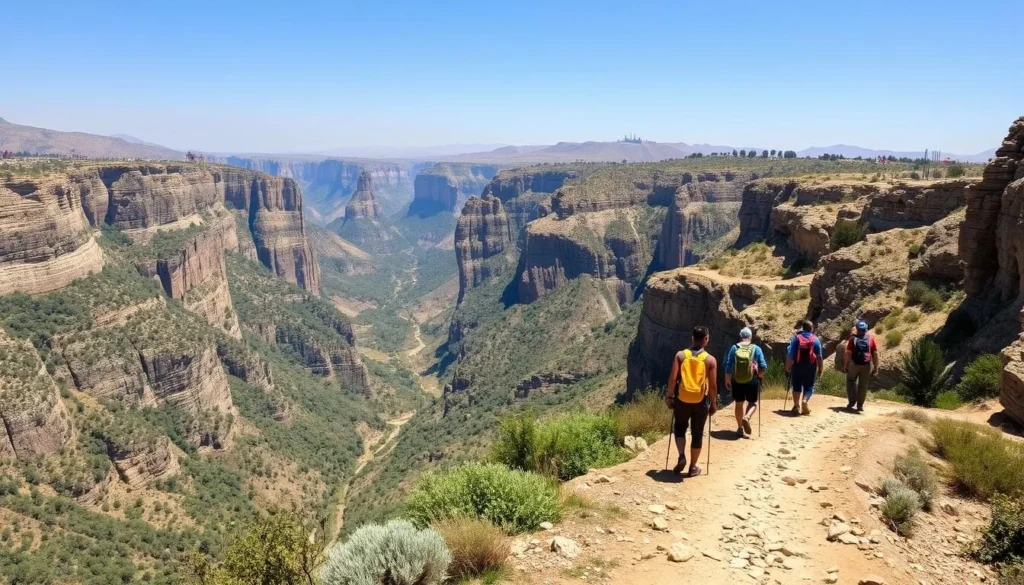
Popular Hiking Routes
Wadi Qadisha Loop (Moderate)
This 7 km (4.3 mile) circular trail takes approximately 3-4 hours to complete and offers spectacular views of the valley’s most famous monasteries. Starting from Bcharre, the path descends into the valley, passes several historic sites including Mar Lichaa, and returns via a different route.
The trail features moderate elevation changes of about 400 m (1,312 ft) and is well-marked throughout most sections.
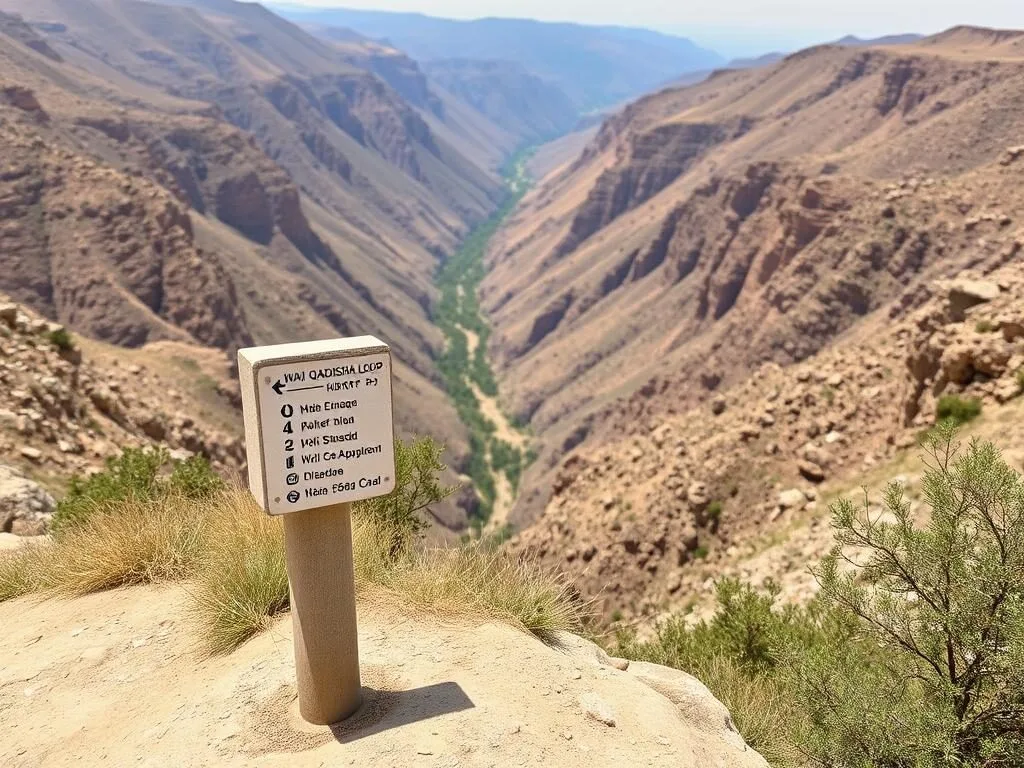
Qannoubine Trail (Easy to Moderate)
This 5 km (3.1 mile) one-way trail follows the valley floor alongside the Qadisha River. It’s relatively flat and suitable for most fitness levels, taking about 2 hours to complete. The path connects several monasteries and offers a different perspective of the valley from below.
This trail is particularly beautiful in spring when wildflowers carpet the valley floor and the river flows at its fullest.
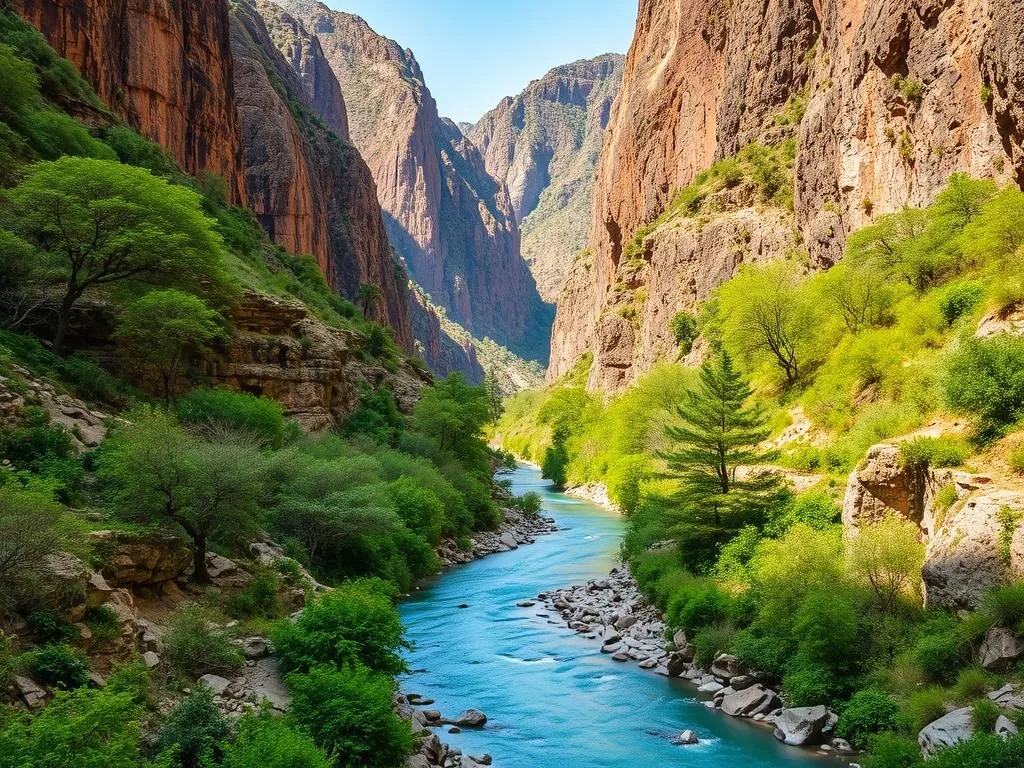
Hiking Safety Tips
- Hire a local guide for the best experience and access to normally closed monasteries
- Start hikes early in the morning, especially during summer months
- Carry sufficient water (at least 2 liters per person)
- Inform someone of your planned route and expected return time
- Wear appropriate footwear with good ankle support and traction
- Check weather forecasts before setting out
Experience Qadisha Valley with Expert Guides
Discover hidden monasteries and the best viewpoints with knowledgeable local guides who can share the valley’s rich history and cultural significance.
Where to Stay Near Qadisha Valley
While there are limited accommodations within the valley itself, the surrounding villages and towns offer a range of options from budget guesthouses to boutique hotels. Most visitors choose to stay in Bcharre, the gateway to both Qadisha Valley and the nearby Cedars of God forest.
Recommended Accommodations
- Tiger House Hotel (Bcharre) – Family-run hotel with valley views and traditional Lebanese breakfast
- La Maison de la Forêt (Bcharre) – Charming guesthouse near the Cedars with home-cooked meals
- Monastery Guesthouses – Some monasteries offer basic overnight accommodations for a truly authentic experience
- Hasroun Village Rentals – Traditional stone houses available for short-term rental
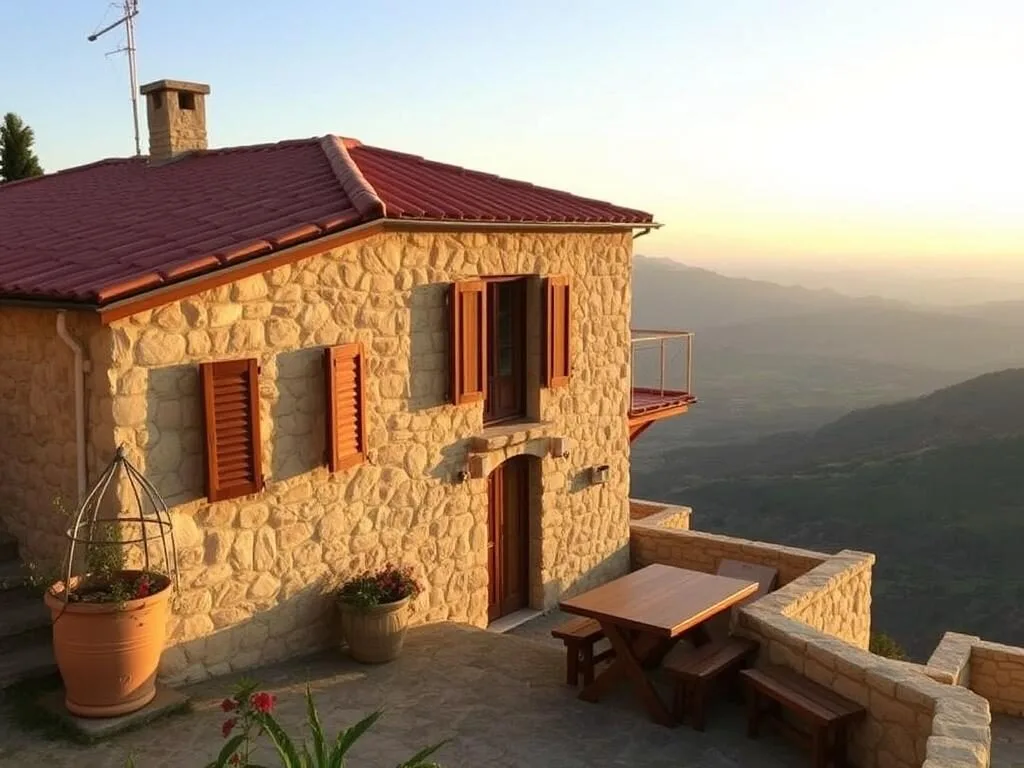
Find Your Perfect Stay Near Qadisha Valley
Book your accommodation in advance, especially during peak seasons (April-October) when availability becomes limited.
Local Cuisine and Dining Options
The mountainous region surrounding Qadisha Valley is known for its distinctive Lebanese cuisine that features fresh, locally-sourced ingredients. Many restaurants offer terraces with spectacular valley views, creating a memorable dining experience.
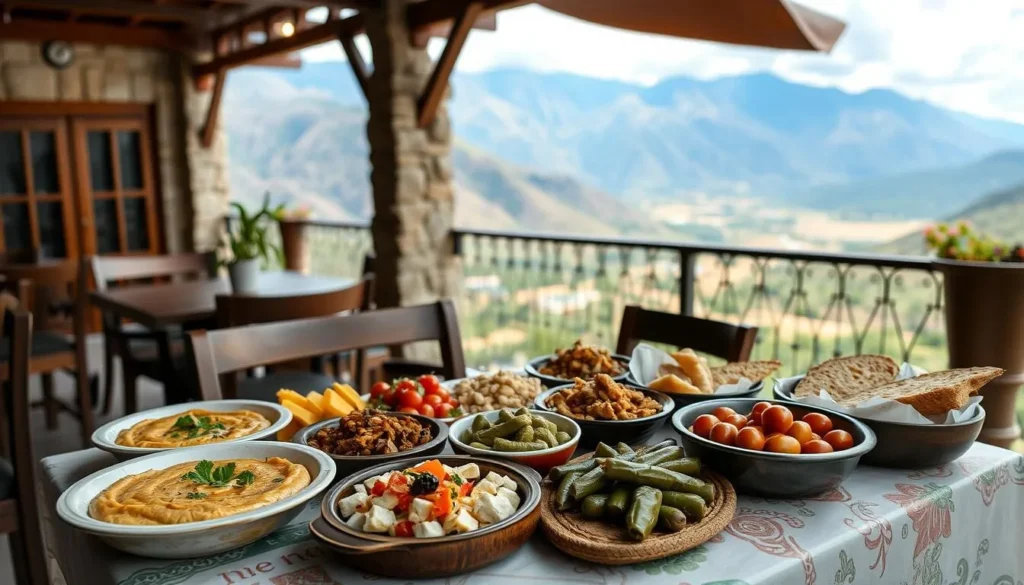
Must-Try Local Specialties
- Kebbeh Bcharre – A regional variation of Lebanon’s national dish, made with bulgur, minced lamb, and mountain herbs
- Mountain Mezza – Fresh local cheeses, wild thyme (zaatar), and seasonal vegetables
- Freshly-picked Cherries – The region is famous for its cherry orchards, especially in late spring
- Arak – Traditional anise-flavored spirit, often produced by local monasteries
Recommended Dining Spots
In Bcharre
- Chbat Restaurant – Traditional Lebanese cuisine with panoramic valley views
- Cedar’s Café – Casual dining with outdoor seating and mountain specialties
In the Valley
- Monastery Cafés – Several monasteries offer simple meals and refreshments
- Picnic Spots – Numerous scenic locations perfect for a packed lunch
Practical Travel Tips for Visiting Qadisha Valley
Getting Around
The valley’s rugged terrain makes transportation challenging. Consider these options:
- Hire a local driver familiar with the narrow mountain roads
- Use taxis between villages (negotiate price beforehand)
- Arrange drop-off and pick-up points for hiking trails
- Some monasteries are only accessible on foot
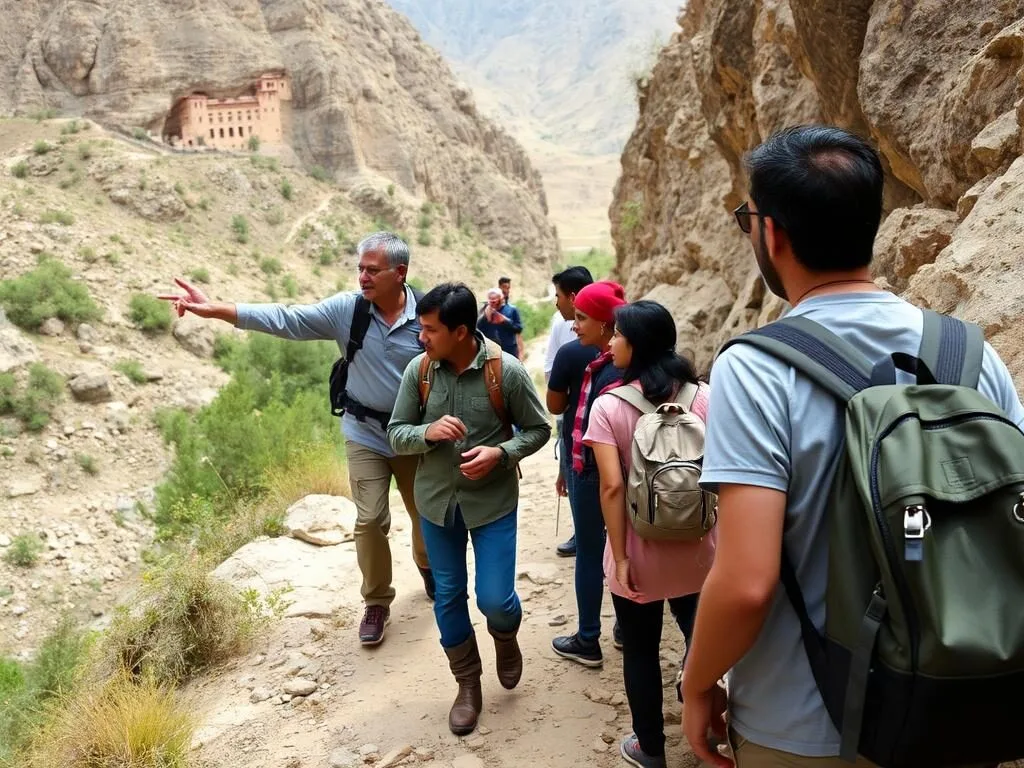
Cultural Etiquette
When visiting this sacred valley and its religious sites:
- Dress modestly when visiting monasteries (shoulders and knees covered)
- Speak quietly and respectfully inside religious buildings
- Ask permission before photographing monks or caretakers
- Remove shoes if requested when entering certain areas
- Make a small donation to help maintain the historic sites
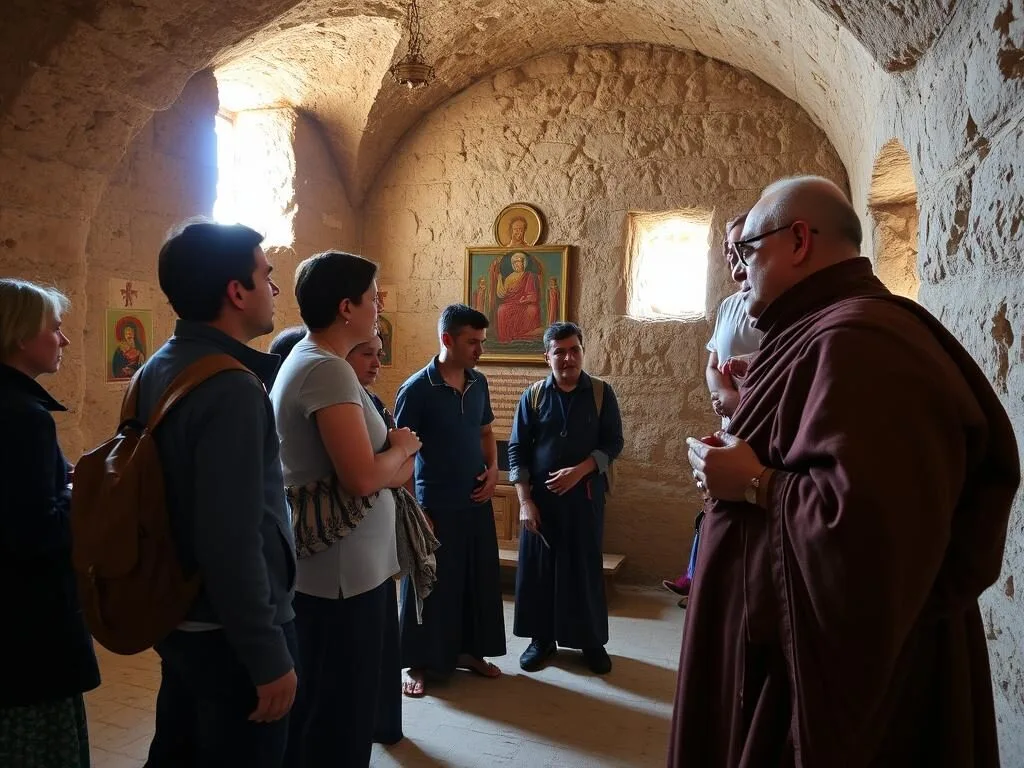
Do I need a guide to visit Qadisha Valley?
While not strictly required, a local guide is highly recommended. Many monasteries are closed to the public or have limited opening hours, and guides often have connections to access these sites. Additionally, guides provide valuable historical context and can help navigate the complex trail system.
Is Qadisha Valley safe for tourists?
Yes, Qadisha Valley is generally very safe for tourists. The local communities are welcoming and the area has remained peaceful even during periods of regional instability. However, standard travel precautions apply: stay on marked trails, be aware of your surroundings, and avoid hiking alone in remote areas.
How much time should I allocate for visiting Qadisha Valley?
For a meaningful experience, plan to spend at least one full day in the valley. Ideally, 2-3 days would allow you to explore multiple monasteries, enjoy several hiking trails, and experience the valley at different times of day. Many visitors combine Qadisha Valley with a visit to the nearby Cedars of God forest.
Ready to Explore Qadisha Valley?
Book your complete Lebanon adventure with flights, accommodations, and guided tours to experience this UNESCO World Heritage site.
Experience the Timeless Beauty of Qadisha Valley
Qadisha Valley offers a rare combination of breathtaking natural beauty, profound spiritual history, and authentic cultural experiences. As you hike along ancient paths where hermits once sought solitude, explore monasteries carved into sheer cliffs, and connect with local communities, you’ll discover a side of Lebanon that few travelers experience.
This “Holy Valley” has survived centuries of history while preserving its unique character and sacred atmosphere. Whether you’re drawn by the remarkable religious heritage, the spectacular hiking opportunities, or simply the tranquil escape from modern life, Qadisha Valley rewards visitors with unforgettable memories and a deeper understanding of Lebanon’s rich cultural tapestry.
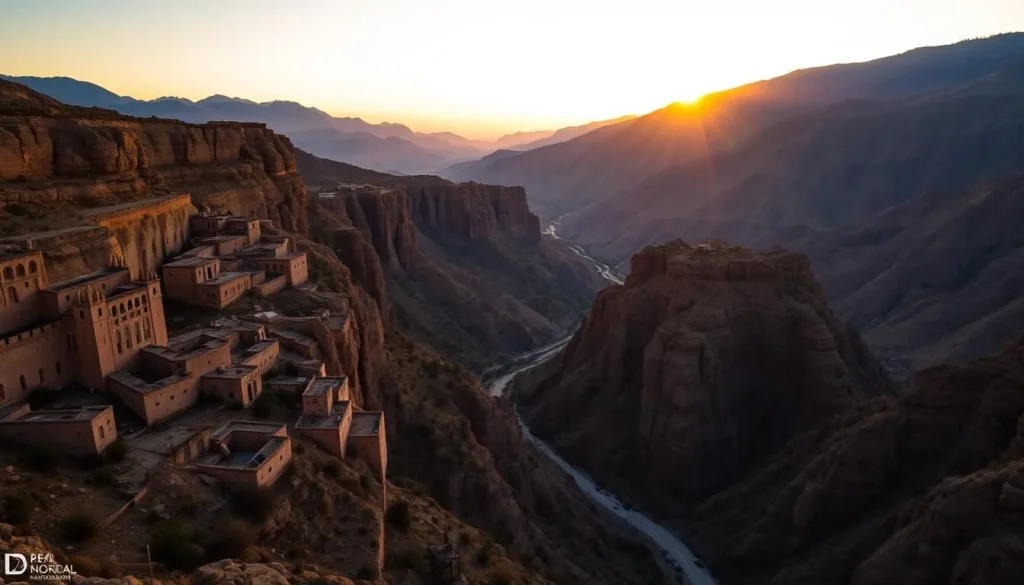
The above is subject to change.
Check back often to TRAVEL.COM for the latest travel tips and deals.

